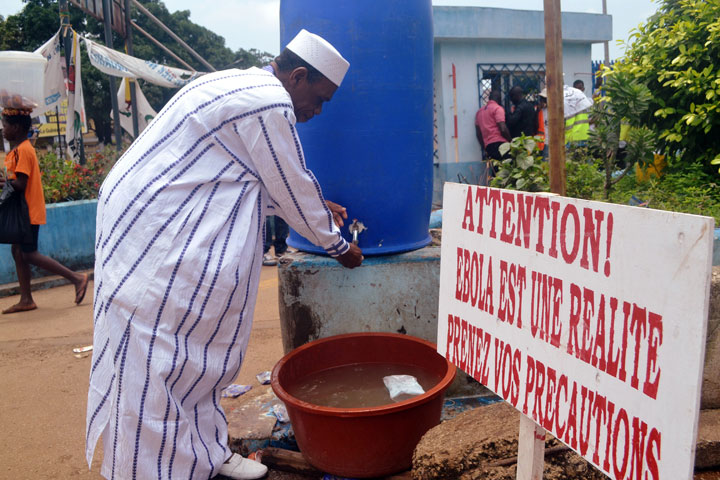LONDON – In the Guinean village where the current West African Ebola outbreak began, 14 graves mark the spot where the lethal virus began to spiral out of control.

International aid workers who recently visited Meliandou say nothing is normal anymore and that families have been ripped apart by the devastating toll of the virus.
READ MORE: Worried about Ebola? 5 answers to your questions
It would be months before international health officials identified little Emile as West Africa’s “patient zero” in a deadly outbreak that continues to double in size every few weeks. So far, Ebola has been blamed for the deaths of nearly 5,000 people among more than 10,000 cases, the vast majority in West Africa.
“Emile loved to dance and Philomene liked to carry little babies on her back and pretend she was a mom,” said Suzanne Beukes of UNICEF, who spoke with their father Etienne during her trip earlier this month to Meliandou, a village without any health facility, more than a two-hour drive from the capital, Conakry.
Etienne burned the clothing and blankets of his two children killed by Ebola, but kept the small red radio that Emile often asked him to switch on so he could dance to the music.
READ MORE: How did 2 U.S. health workers contract Ebola from infected patient?
The bodies of Emile, Philomene and their mother are buried next to the two-room house where Etienne lives with his second wife and three daughters.
“When we asked him what Emile was like, his face changed,” Beukes said.
“It’s almost like a mask had been removed and the trauma of what he had been through became very visible.”
Beukes said Ebola has killed at least 14 people in the settlement of about 500, though health officials say the actual case count is probably two to four times higher than official numbers.
READ MORE: 5 things to know about Canada’s experimental Ebola vaccine
- Invasive strep: ‘Don’t wait’ to seek care, N.S. woman warns on long road to recovery
- Canadian man dies during Texas Ironman event. His widow wants answers as to why
- ‘Super lice’ are becoming more resistant to chemical shampoos. What to use instead
- Solar eclipse eye damage: More than 160 cases reported in Ontario, Quebec
WATCH: Obama urges greater action against Ebola are Dallas nurse declared cured of the virus
Visiting Meliandou with colleagues as part of a project to assess Ebola’s impact on children and the region, Beukes saw that the village was dotted with graves of Ebola victims. People initially buried the dead next to their homes so they could be close to the spirits of the deceased.
Like other farmers in the village, Beukes said Etienne now struggles to sell his produce since outsiders fear they could be contaminated with Ebola.
Etienne continues to work. Others in the village complain they are poorer now than they were before Ebola struck, Beukes said.
“He said it’s the only thing he can do now,” Beukes said. “He has to go back into the fields and carry on digging so he can take care of his children.”
READ MORE: 5 reasons why an Ebola outbreak is highly unlikely in Canada

Comments